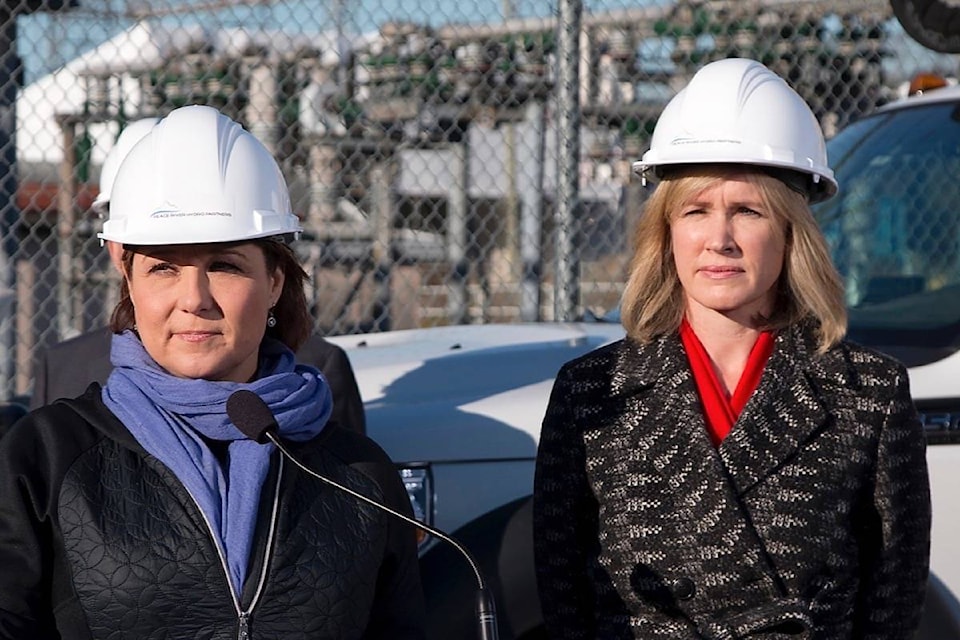Scrapping the Site C dam project would cost $4 billion and B.C. Hydro would then have to start developing riskier alternatives, says a new analysis of the project.
The Allied Hydro Council of B.C., a group of heavy construction unions, hired a former CEO of Columbia Power Corp., Lorne Sivertson, to analyze the recent review ordered by Premier John Horgan of the third dam on the Peace River. Sivertson said the B.C. Utilities Commission (BCUC) made “serious errors,” including under-valuing Site C’s reliable power output and B.C.’s future power needs.
At a news conference in Vancouver Wednesday to release , Sivertson was joined by energy lawyer Jim Quail to argue that Site C should go ahead, despite the B.C. Liberal government’s rush to get it going without independent analysis of its needs and risks.
“While we can all agree that the B.C. Liberal government was incredibly reckless in not putting Site C to a full review by the BCUC years before construction started and letting all interested parties submit evidence for consideration, the province now has to decide how best to proceed with the funding already invested,” Quail said.
Sivertson had a list of criticisms of the BCUC findings, conducted this fall with a Nov. 1 deadline imposed by the incoming NDP government. They include:
• If B.C.’s energy demand grows by just one per cent per year from 2017 to 2036, and federal and provincial targets to reduce greenhouse gas emissions are to be met, “the equivalent of three Site C dams will be needed”
• The BCUC described the project’s demand forecast as too optimistic, but “if the demand for electric vehicles continues to grow as rapidly as recent statistics show, even B.C. Hydro’s growth forecast will be low.”
• The BCUC’s suggestion to use power now sold to the U.S. under the Columbia River Treaty runs the risk that the U.S. will cancel the treaty
• B.C. Hydro’s growth projections are not dependent on development of a liquefied natural gas industry.
Allied Hydro Council of B.C. business agent Wayne Peppard also touted the benefits of returning to project labour agreements, essentially making Site C a closed shop for traditional building trade union workers, to keep the project on schedule.


